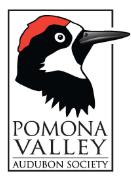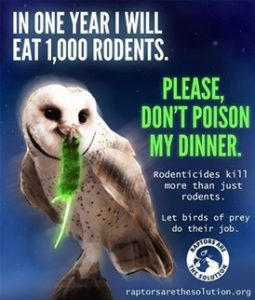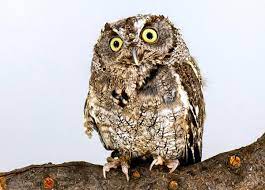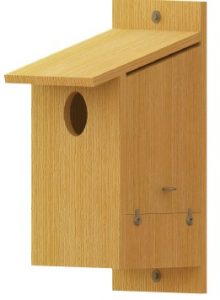WHAT TO KNOW ABOUT SAFE RODENT CONTROL THAT DOESN’T HARM CHILDREN, PETS, HAWKS, OWLS, AND OTHER WILDLIFE
The highly toxic rodenticides in many rodent control products on the market today and used by some pest control companies can directly kill any wildlife that ingest them—humans, pets, birds, or wildlife. In addition, first and second generation blood anti-coagulants accumulate in the rodent that eats the poisoned bait. Any wildlife such as hawks, owls, bobcats, mountain lions that catch and eat the poisoned rodent can get sick and may die from the poison in the rodent.
DO NOT USE PRODUCTS THAT CONTAIN THESE FIRST AND SECOND GENERATION ANTI-COAGULANTS:
Brodifacoum Bromadiolone Bromethalin  Cholecalciferol Chlorophacinone
Cholecalciferol Chlorophacinone
Difacinone Difethialone Diphacinone Warfarin
BETTER OPTIONS
Fortunately, there are safer options for getting rid of problem rats and mice: These include the following approaches:
•Use snap, piston, or electrocuting traps—They are a quick, humane way to kill rodents. With some brands you can carry the trap to the garbage can, press a button, and release the dead rat into the garbage
•Remove food sources that attract rodents: open garbage, bird seed, pet food, fallen fruit
•Seal gaps in your house, garage, or shed where rodents can enter such as crawl spaces, and openings where pipes and wires enter the house
•Cap plumbing vents with hardware cloth 
•Don’t plant ivy—it provides shelter and food for rats
•Remove trash or brush piles that provide safety and shelter for rodents
•Keep outdoor grills clean
•Put cayenne pepper on rat pathways or nests. Rodents will avoid those places
•Cut branches back 3 feet away from roof
•Hire a professional pest control company and stipulate that no anti-coagulant pesticides be used
•Make your yard hospitable to owls and hawks who will reward you by decimating your rodent population. Install an owl nesting box, keep a deep bird bath full of water, keep lights off at night in your yard (owls hunt better in the dark), and keep pets in at night. First find out what owls or hawks live in your area. In Southern California, Great Horned Owls, Barn Owls, Western Screech Owls, Saw-whet Owls, American Kestrels, and Red-tailed Hawks are common. Instructions for making nest boxes can be found on line: https://theraptortrust.org/bird-resources/bird-facts/nest-boxes/#1502897515953-39e46adc-8c84





